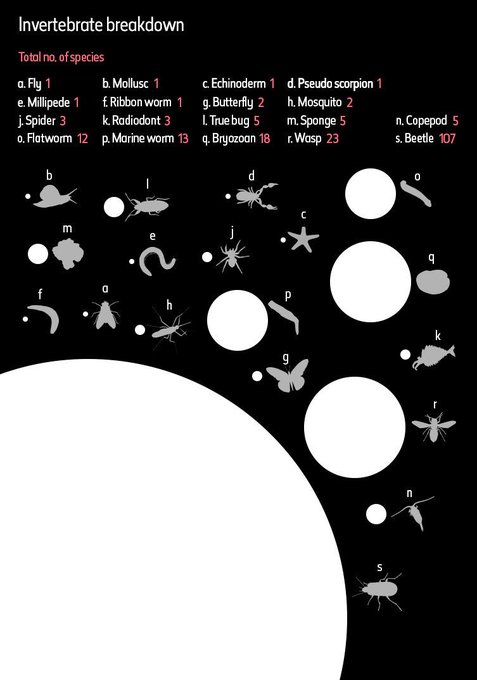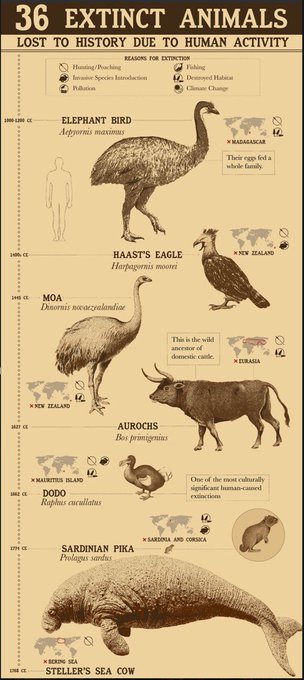Fossils of 400-million-year-old 'Excalibur worm' discovered in Australia https://t.co/435sds52qM
rt @LiveScience
New genome alignment tool empowers large-scale studies of vertebrate evolution https://t.co/f43LhSkRFi
rt @physorg_com
Scientists engineer 'Venus flytrap' bio-sensors to snare pollutants https://t.co/cgTzvsgIej
rt @physorg_com
Bats and dolphins evolved echolocation in the same way (down to the molecular level). An analysis revealed that 200 genes had independently changed in the same way and this is an extreme example of convergent evolution https://t.co/70u8woAg5k
rt @Rainmaker1973
From dinosaurs to giant sharks, hundreds of new species of animals, minerals, plants, algae and foraminifera have been described by Museum researchers this year 🌿🦈🐛 https://t.co/arFXZgK4Jk
rt @NHM_London
36 animals lost to history due to human activity. (Credit Alan Bernau Jr)
rt @naturewasmetal
David Attenborough has a ton of species named after him, and we wrote about (almost) all of them. Presenting: The Attenboroughs: https://t.co/n5WLFyCAHq
rt @DiscoverMag
36 animals lost to history due to human activity.
(Credit Alan Bernau Jr)
rt @naturewasmetal
Hybrids reveal the barriers to successful mating between species https://t.co/WLJxitrHhR rt @ScienceNews
Beautiful & Outlandish Color Illustrations Let Europeans See Exotic Fish for the First Time (1754) https://t.co/0LDZ9qwA5j rt @openculture



















